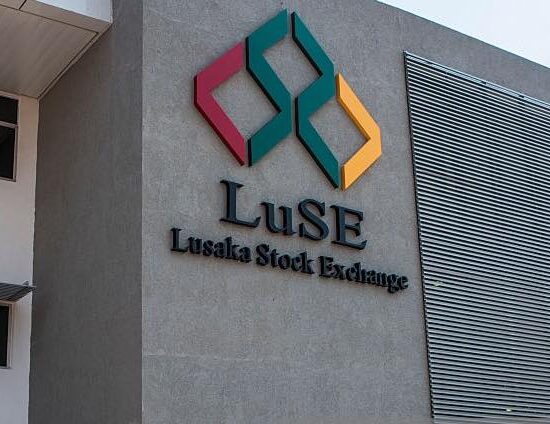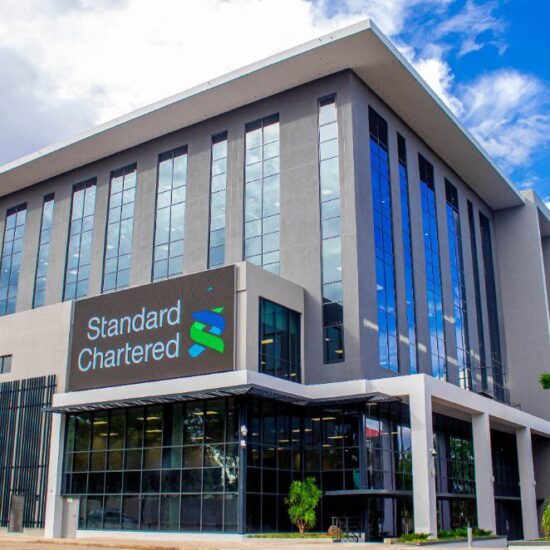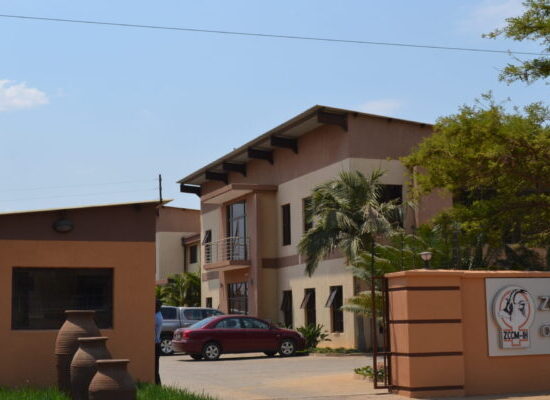
The Bank of Zambia (BOZ) has disclosed that the monetary policy committee has raised the policy rate by 50 basis points (0.5%) to 8.5% from 8%, effectively increasing lending rates.
BOZ Governor Christopher Mvunga stated that in the central bank has scaled up interventions to moderate pressure on the Kwacha and stabilize exchange rate in the fourth quarter of 2020. BOZ sold about US$340 million compared to about US$150 million in the third quarter of 2020 on a net basis.
During a monetary policy committee briefing attended by the Zambian Business Times – ZBT, Mvunga said due to foreign exchange interventions and debt service, gross international reserves declined by US$117.7 million to US$1.2 billion at end-December 2020 from US$1.3 billion at end-September.
He also said rising excess demand continued to characterise the foreign exchange market due to higher import requirements for petroleum products and agricultural inputs [fertilizers] under the farmer Input Support Program – FISP.
As a result, the Kwacha weakened against the US dollar by 9.4% to an average of K20.71/US$ in the fourth quarter of 2020 compared with 3.3% depreciation in the third quarter of 2020.
Mvunga noted that earnings from non-traditional exports, gold and cobalt declined and merchandise imports rose by 0.5% to US$ 1.4 billion following an increase in consumer and capital goods which more than offset reductions in raw materials and intermediate goods.
Mvunga said inflationary pressures have continued to build over the past one year adding that this period coincided with the significant contraction in growth following the outbreak of the covid-19 pandemic.
He said mobilising external support and the successful restructuring of the country’s external debt are critical components in achieving fiscal sustainability, reestablishing macroeconomic stability and reinvigorating sustainable growth.
He said with concerted and collective action, Zambia can come out of the covid-19 induced crisis a stronger and more resilient economy. The Governor added that the path to economic recovery and growth requires the effective implementation of the measures contained in the government’s recently launched economic recovery programme.
Mvunga also noted that decisions on the policy rate will continue to be guided by inflation forecasts, outcomes and identified risks including those associated with financial stability.
Analysts at the Zambian Business Times have pointed out the slow pace of revamping Nitrogen Chemicals of Zambia – NCZ by the Industrial Development Corporation – IDC, is one of the key economic areas that could cut the need for forex outflows. NCZ or indeed investing into any other local fertilizer manufacturer remains an effective strategy to stem the current forex bleeding.
Another factor mentioned by the BOZ Governor that is driving the forex outflow is the import of petroleum. When you look at the Biofuel fuel project in Luapula, its also receiving leap service with completion of the project moving at a snails pace. Biofuels which can be blended with petroleum can cut upto 60% of the current petroleum import bill if driven aggressively.







